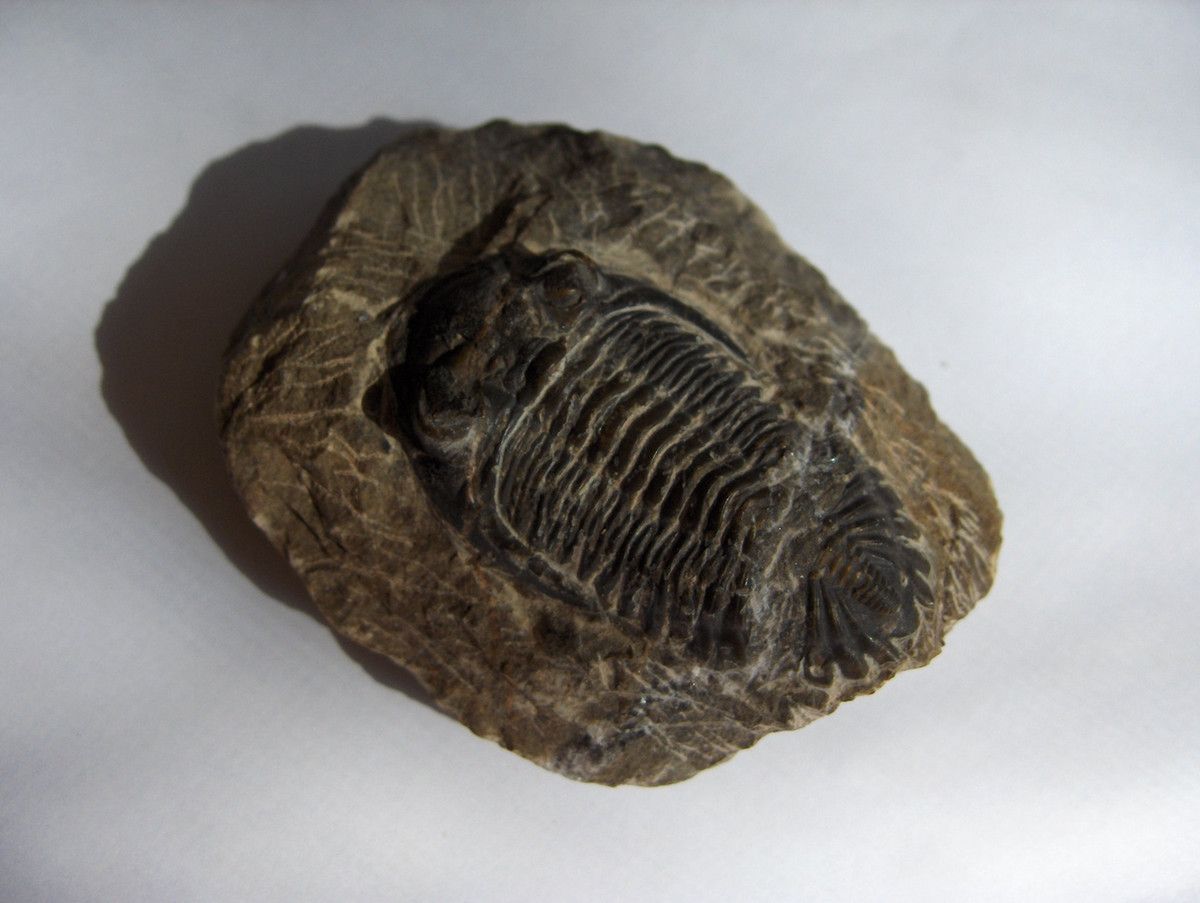Paleontologists constantly search for new species of fossilized creatures from the distant past to expand our understanding of the history of life on Earth. In 2024 an international research team reported an important finding. They were studying fossils from a five hundred and forty million year old rock formation in the remote wilderness of northern Greenland. The formation dates from a period in Earth’s history that geologists call the Cambrian.
This period is of special importance in the history of life on Earth. The fossil record shows that microbial life, and some simple forms of life with many cells, have existed on Earth for billions of years. It was during the Cambrian that the first clear examples of aquatic members of modern animal groups appear for the first time. The new fossils that the paleontologists found may be among Earth’s first predatory animals.
The fossil discovery is of a worm-like creature with fins down the sides of its body, a distinct head with long antennae, and massive jaw structures inside its mouth. The researchers found and studied 13 fossilized specimens of the animal. They were as much as a foot long, making them giants by the standards of the times. The digestive tract contained the fossilized remains of small animals, confirming that the creature was a predator. The creature’s closest modern relatives are much smaller worms called arrow worms. The researchers named their new find Timorebestia, which is Latin for ‘terror beast’. Because of its size, they think it was at the top of the aquatic food chain of its times, much like sharks or seals today.










